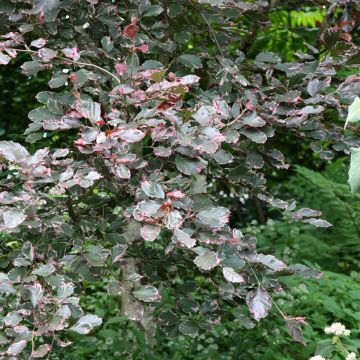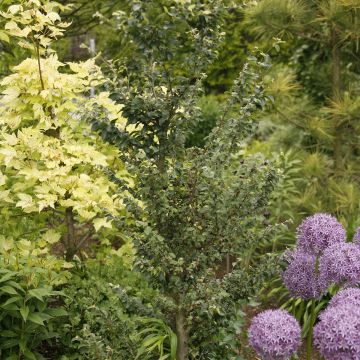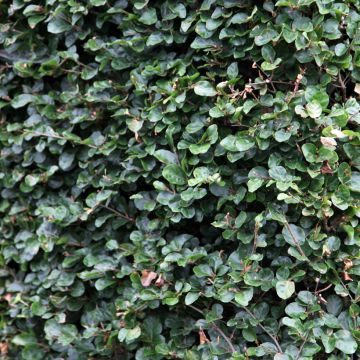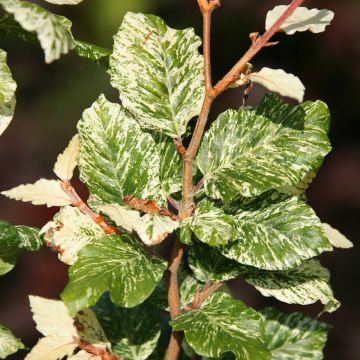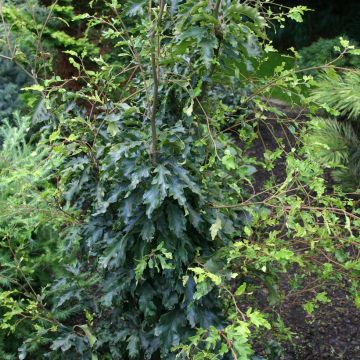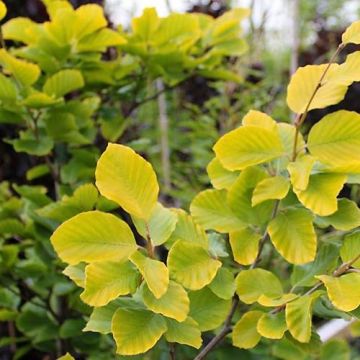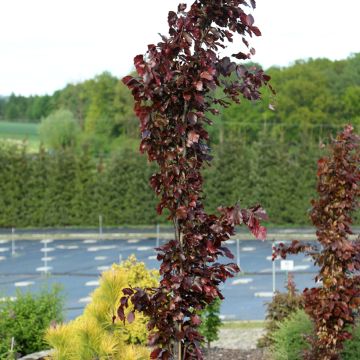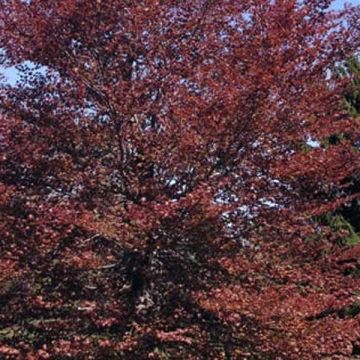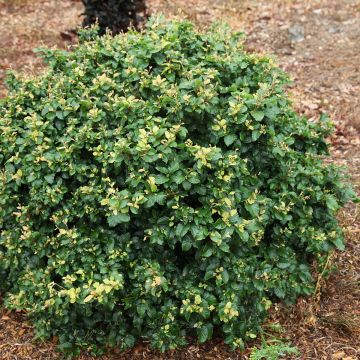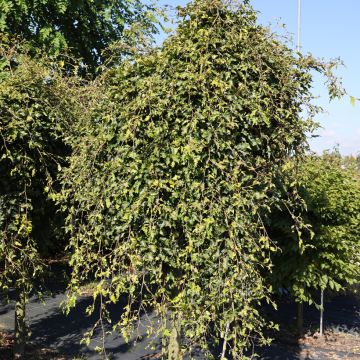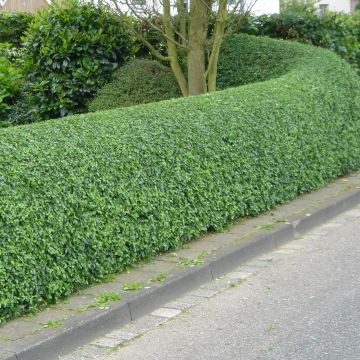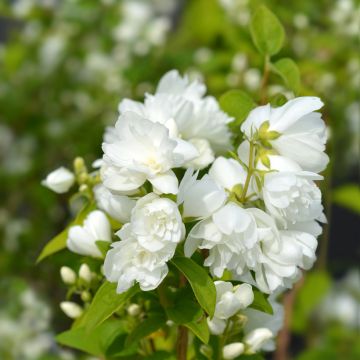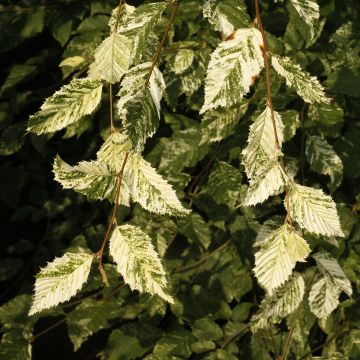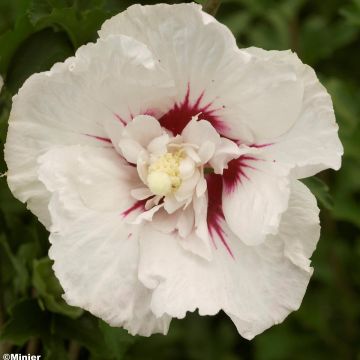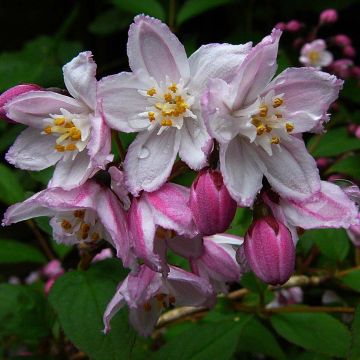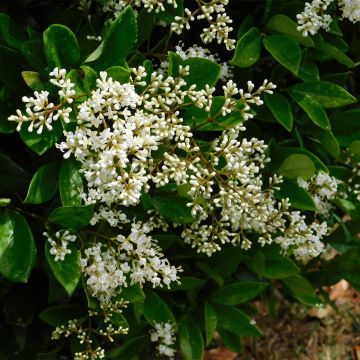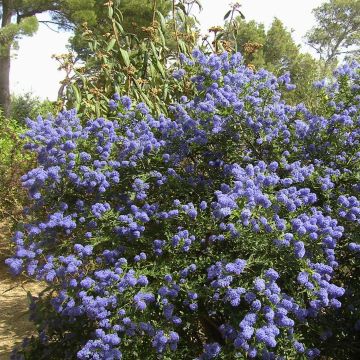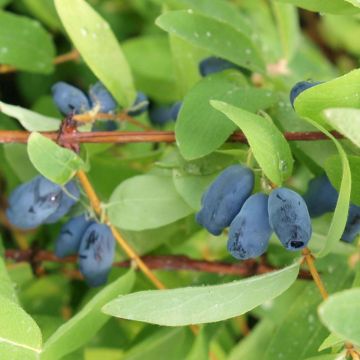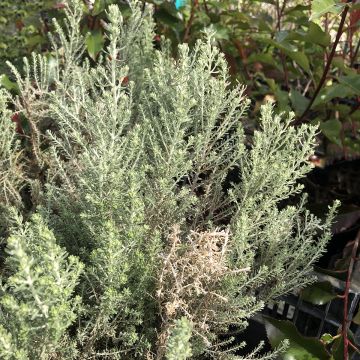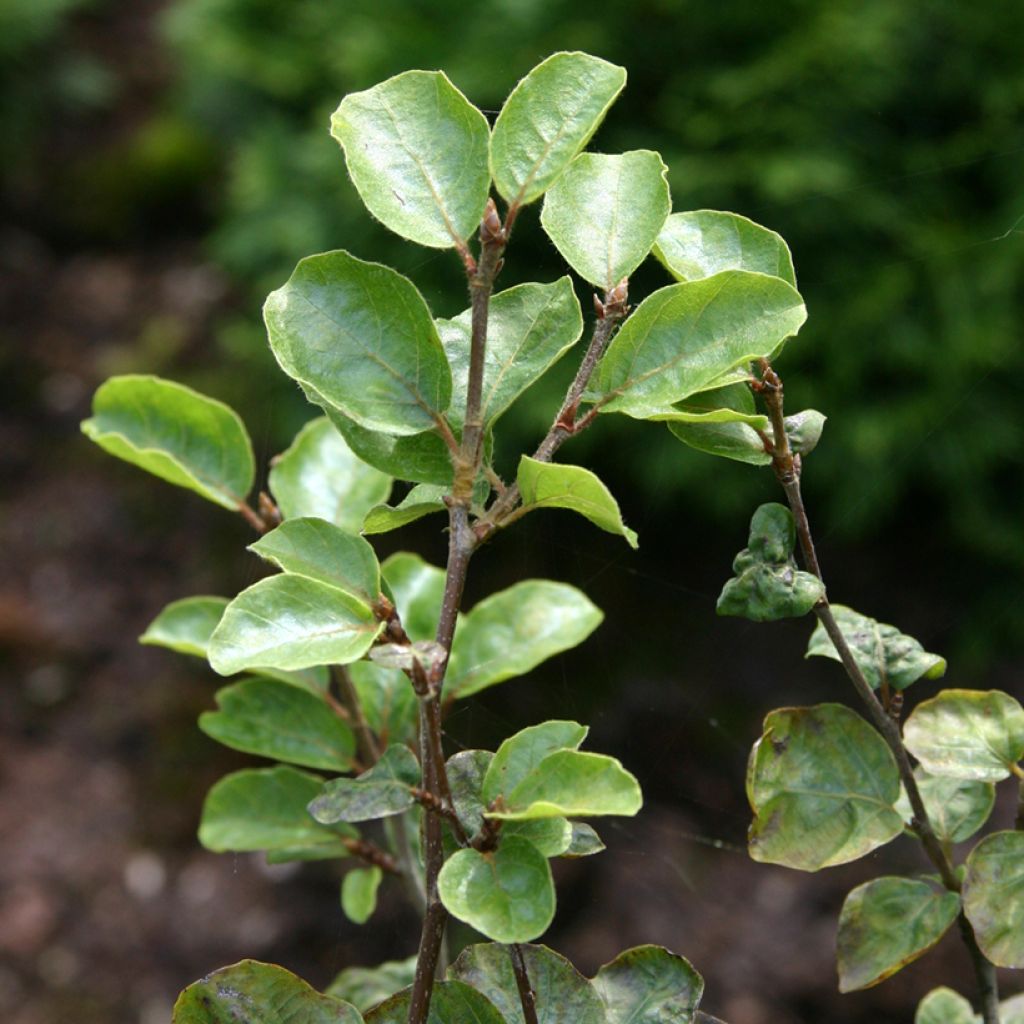

Fagus sylvatica Cockleshell
Fagus sylvatica Cockleshell
Fagus sylvatica Cockleshell
European Beech, Common Beech
This item cannot be shipped to the selected country
Oversize package delivery charge from €6.90
More information
Schedule delivery date,
and select date in basket
This plant carries a 24 months recovery warranty
More information
We guarantee the quality of our plants for a full growing cycle, and will replace at our expense any plant that fails to recover under normal climatic and planting conditions.
Oversize package: home delivery by special carrier from €6.90 per order..
Express home delivery from €8.90.
Does this plant fit my garden?
Set up your Plantfit profile →
Description
Fagus sylvatica 'Cockleshell' is a medium-sized variety of Common Beech with an upright and slender habit and a columnar, narrow and straight, closed and dense crown. Its leaves are quite small, light green and quite round. Its foliage turns a beautiful golden colour before drying out in autumn, remaining attached to the branches for a long time. The tree prefers temperate, humid climates, and deep and cool, slightly acidic to limestone soils.
The beech tree, in Latin Fagus sylvatica, is an imposing tree with a spreading habit. Its cylindrical trunk is covered with a smooth, light grey bark. This tree can live for several centuries. Native to central Europe to the Caucasus, it is one of the most common species in European forests. Its reddish wood is used in cabinetmaking and for the production of wooden tools and toys as well as firewood. It is very hardy and can reach a height of 20 m at maturity.
Over time, the 'Cockleshell' cultivar forms a tree with a straight trunk supporting a beautiful narrow and dense crown. At maturity, it will reach about 12 to 15 m in height and 6 to 8 m in spread. Its foliage consists of alternate leaves with toothed and wavy margins. They appear in spring. Light green at bud burst, they become slightly darker in summer, then golden yellow in autumn. They are slightly marcescent, meaning they dry out while remaining on the tree late in the season. The tiny, cream flowers appear almost at the same time as the leaves, from April to May. The male flowers, separate from the female flowers, are grouped in pendulous catkins of 40 to 60 mm. The female flowers are grouped in 2 to 4 at the end of the branches. Mature trees produce brown, shiny fruits called beech nuts covered with bristly prickles. These 12 to 18 mm long fruits are edible in small quantities. Mountain dwellers used to use them to make flour.
Fagus sylvatica 'Cockleshell' is a very hardy tree, requiring little maintenance where it thrives. It prefers cool and temperate or mountainous climates and will suffer in gardens with excessively hot and dry summers. Planted as a specimen, this beech tree will create a focal point in a fairly large garden or park.
Report an error about the product description
Plant habit
Flowering
Foliage
Botanical data
Fagus
sylvatica
Cockleshell
Fagaceae
European Beech, Common Beech
Cultivar or hybrid
Other Fagus - Beech
Planting and care
Fagus sylvatica Cockleshell thrives in cool and temperate climates, as well as in mountainous regions. The soil should be deep, moist, well-drained, and always maintain a constant level of humidity, as it does not tolerate drought. This tree also dislikes heatwaves and arid soils. In shallow or excessively compact soil, its spreading root system remains superficial, which can make it susceptible to uprooting in strong winds. Plant it with its root ball intact to give it the best chance of living a long life. In February-March, when the tree is dormant, remove any branches that compromise its symmetry or those that are tangled to maintain a good habit. Beware of aphids and scale insects, as well as mildew.
Planting period
Intended location
Care
This item has not been reviewed yet - be the first to leave a review about it.
Hedge shrubs
Haven't found what you were looking for?
Hardiness is the lowest winter temperature a plant can endure without suffering serious damage or even dying. However, hardiness is affected by location (a sheltered area, such as a patio), protection (winter cover) and soil type (hardiness is improved by well-drained soil).

Photo Sharing Terms & Conditions
In order to encourage gardeners to interact and share their experiences, Promesse de fleurs offers various media enabling content to be uploaded onto its Site - in particular via the ‘Photo sharing’ module.
The User agrees to refrain from:
- Posting any content that is illegal, prejudicial, insulting, racist, inciteful to hatred, revisionist, contrary to public decency, that infringes on privacy or on the privacy rights of third parties, in particular the publicity rights of persons and goods, intellectual property rights, or the right to privacy.
- Submitting content on behalf of a third party;
- Impersonate the identity of a third party and/or publish any personal information about a third party;
In general, the User undertakes to refrain from any unethical behaviour.
All Content (in particular text, comments, files, images, photos, videos, creative works, etc.), which may be subject to property or intellectual property rights, image or other private rights, shall remain the property of the User, subject to the limited rights granted by the terms of the licence granted by Promesse de fleurs as stated below. Users are at liberty to publish or not to publish such Content on the Site, notably via the ‘Photo Sharing’ facility, and accept that this Content shall be made public and freely accessible, notably on the Internet.
Users further acknowledge, undertake to have ,and guarantee that they hold all necessary rights and permissions to publish such material on the Site, in particular with regard to the legislation in force pertaining to any privacy, property, intellectual property, image, or contractual rights, or rights of any other nature. By publishing such Content on the Site, Users acknowledge accepting full liability as publishers of the Content within the meaning of the law, and grant Promesse de fleurs, free of charge, an inclusive, worldwide licence for the said Content for the entire duration of its publication, including all reproduction, representation, up/downloading, displaying, performing, transmission, and storage rights.
Users also grant permission for their name to be linked to the Content and accept that this link may not always be made available.
By engaging in posting material, Users consent to their Content becoming automatically accessible on the Internet, in particular on other sites and/or blogs and/or web pages of the Promesse de fleurs site, including in particular social pages and the Promesse de fleurs catalogue.
Users may secure the removal of entrusted content free of charge by issuing a simple request via our contact form.
The flowering period indicated on our website applies to countries and regions located in USDA zone 8 (France, the United Kingdom, Ireland, the Netherlands, etc.)
It will vary according to where you live:
- In zones 9 to 10 (Italy, Spain, Greece, etc.), flowering will occur about 2 to 4 weeks earlier.
- In zones 6 to 7 (Germany, Poland, Slovenia, and lower mountainous regions), flowering will be delayed by 2 to 3 weeks.
- In zone 5 (Central Europe, Scandinavia), blooming will be delayed by 3 to 5 weeks.
In temperate climates, pruning of spring-flowering shrubs (forsythia, spireas, etc.) should be done just after flowering.
Pruning of summer-flowering shrubs (Indian Lilac, Perovskia, etc.) can be done in winter or spring.
In cold regions as well as with frost-sensitive plants, avoid pruning too early when severe frosts may still occur.
The planting period indicated on our website applies to countries and regions located in USDA zone 8 (France, United Kingdom, Ireland, Netherlands).
It will vary according to where you live:
- In Mediterranean zones (Marseille, Madrid, Milan, etc.), autumn and winter are the best planting periods.
- In continental zones (Strasbourg, Munich, Vienna, etc.), delay planting by 2 to 3 weeks in spring and bring it forward by 2 to 4 weeks in autumn.
- In mountainous regions (the Alps, Pyrenees, Carpathians, etc.), it is best to plant in late spring (May-June) or late summer (August-September).
The harvesting period indicated on our website applies to countries and regions in USDA zone 8 (France, England, Ireland, the Netherlands).
In colder areas (Scandinavia, Poland, Austria...) fruit and vegetable harvests are likely to be delayed by 3-4 weeks.
In warmer areas (Italy, Spain, Greece, etc.), harvesting will probably take place earlier, depending on weather conditions.
The sowing periods indicated on our website apply to countries and regions within USDA Zone 8 (France, UK, Ireland, Netherlands).
In colder areas (Scandinavia, Poland, Austria...), delay any outdoor sowing by 3-4 weeks, or sow under glass.
In warmer climes (Italy, Spain, Greece, etc.), bring outdoor sowing forward by a few weeks.

































